Jon Baiocchi Reports on 1.4.2018

Happy New Year! The Lower Yuba River has been on auto pilot for that past 3 weeks or more with bright and warm sunny weather, and the occasional hazy day. The winter solstice has come and gone, and the days grow longer from this point forward. Flows have been on auto pilot as well running right around 1060 cubes, though on Tuesday they dropped it to 977 cfs for a short time, and then jacked it up again. Typical Yuba County Water Agency. Speaking of the YCWA, their official statement for the long term forecast of releases from Englebright dam states “With the current dry forecast and below normal snowpack, the long-term forecast is that the flows from Englebright Reservoir will continue at 1050 cfs until January 15. After January 15, releases from Englebright Reservoir may be further reduced if the dry weather pattern continues.” Increasing clouds and a light rain is on the horizon from Wednesday through Saturday, then another possible shot the following Tuesday and Wednesday. We shall see what transpires with the weather, if anything it will boost the mayfly hatches which is always a good thing. Sycamore Ranch and Hammon Grove Park will be closed until March 5th due to construction. The county will be replacing the electrical systems that were damaged by the flood of 2017. Unless you have private access to take out your drift boat, you will not be floating the river anytime soon. Fishing pressure remains moderate, and to be honest it’s been nice meeting some quality people on the river that truly enjoy the experience of just being out there. I also want to say thanks to those who shared their appreciation for my blog and the fishing reports, like I’ve told you, I do this for you folks, and also to share my passion and knowledge of fly fishing, and the great outdoors.

I’ve been a bit under the weather with a mild cold, but I’ll be damned if that’s going to stop me from getting out. Last Friday’s trip was rewarding as I got to share a little insight on presenting tiny dry flies in rougher water with my guest. I think many anglers would be surprised that you can raise a trout in big riffles, or see the rise forms within them. It takes many years of on the water experience to notice the subtle splashy rises in rougher water, or to see the tip of a nose break from the water’s surface. Most anglers are focused on the flats when it comes to making presentations with dry flies, if you can read other types of water, the door opens a little bit more. Overall the fishing remains pretty decent. No legitimate fish in the net this week, but spunky wild bows from 8 to 12”. I have not been nymphing at all, but some of my other buddies have and its also been the same patterns as my last report; Jimmy Leg Stones #8 & 10, Skwala stonefly nymphs #10, Hogan’s S&M nymphs in olive #18, Lance’s X-Mays in olive #18, eggs, and Squirmy Wormies in red and natural. If you don’t want to watch the bobber, swinging soft hackles and alevins can be very effective, a great tactic when the water is cold at first light.

The pinnacle of the day is all about waiting for, or when, the hatch will come off. Again, it’s been consistent but there are so many variables to the equation that it can be rather confusing to those that are new. Every day is different with the hatch, and if can vary if you are upstream of the bridge, or downstream. Even from run to riffle it can vary with the amount of bugs hatching and the species. So for an angler to be proficient, observation, and a good stocked fly box with many different sizes and colors of mayfly patterns will be more successful than others who are not prepared. Last Friday was very inactive, the hatch was light and not many risers. With more bugs on the water’s surface, more fish take notice and set up an observation post to receive the food that is drifting downstream in the foam line. My last trip on Tuesday started out with a few bugs, but as soon as the cloud cover came in, more mayflies appeared. In the last few weeks I have not seen the Pinkies or the Pseudos out, but the typical winter BWO in a size 18, and every now and then a PMD in the mix. Puyan’s Loop Wing parachutes, Sparkle Duns, and Quigley Cripples in a BWO scheme are the go to dry flies. There are a few winter stones out too. The big surprise today was seeing the first Skwala shuck from a recent emergence. There will probably not be too many of them this year, but it only takes a few Skwala stones to get those trout interested. We’ll know more when we are deep into February. I’ve got plenty of days open in January for guide trips, personal Yuba Tours, and private instructional workshops. February is really booked up with presentations, The Pleasanton Show, and club workshops, so dates are limited. You can always find out what’s on my calendar and the opportunities that are available on the “NEWS” page featured on my website, and of course stay tuned to my blog for any upcoming special events. Bring it on 2018! See you out there…

Read more
Hogan Brown Reports on 1.4.2018Been spending most of my time on the Great Inland Ocean of Lake Oroville for Spotted Bass. Water is cooling which is a good thing but fish are still spread out. I hav...
Ryan Johnston reports on 1.4.2018The Sac continues to fish well this winter in a different and unusual way. Generally speaking this time of year we fish the Sundial Bridge float almost daily. Howev...

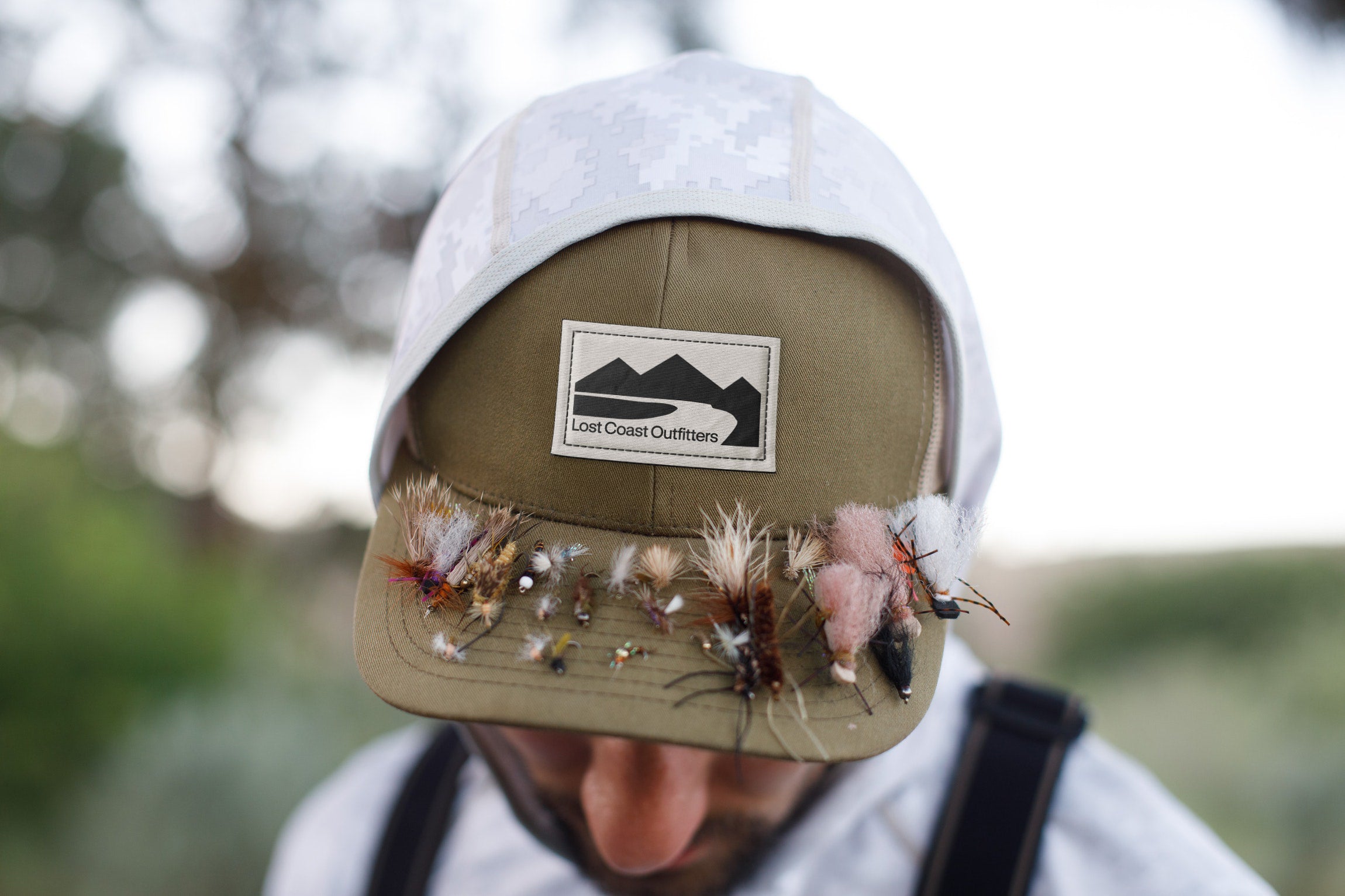
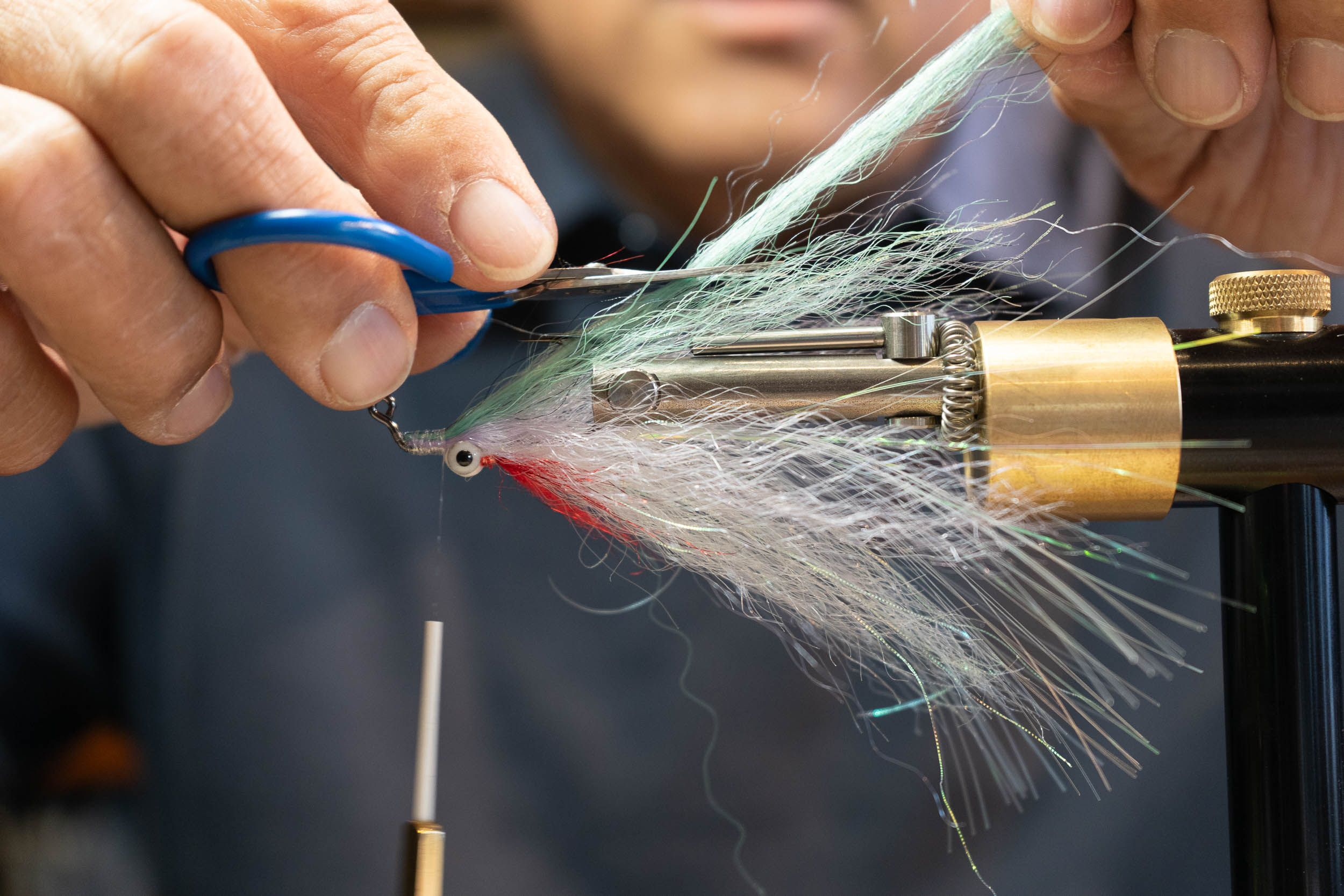
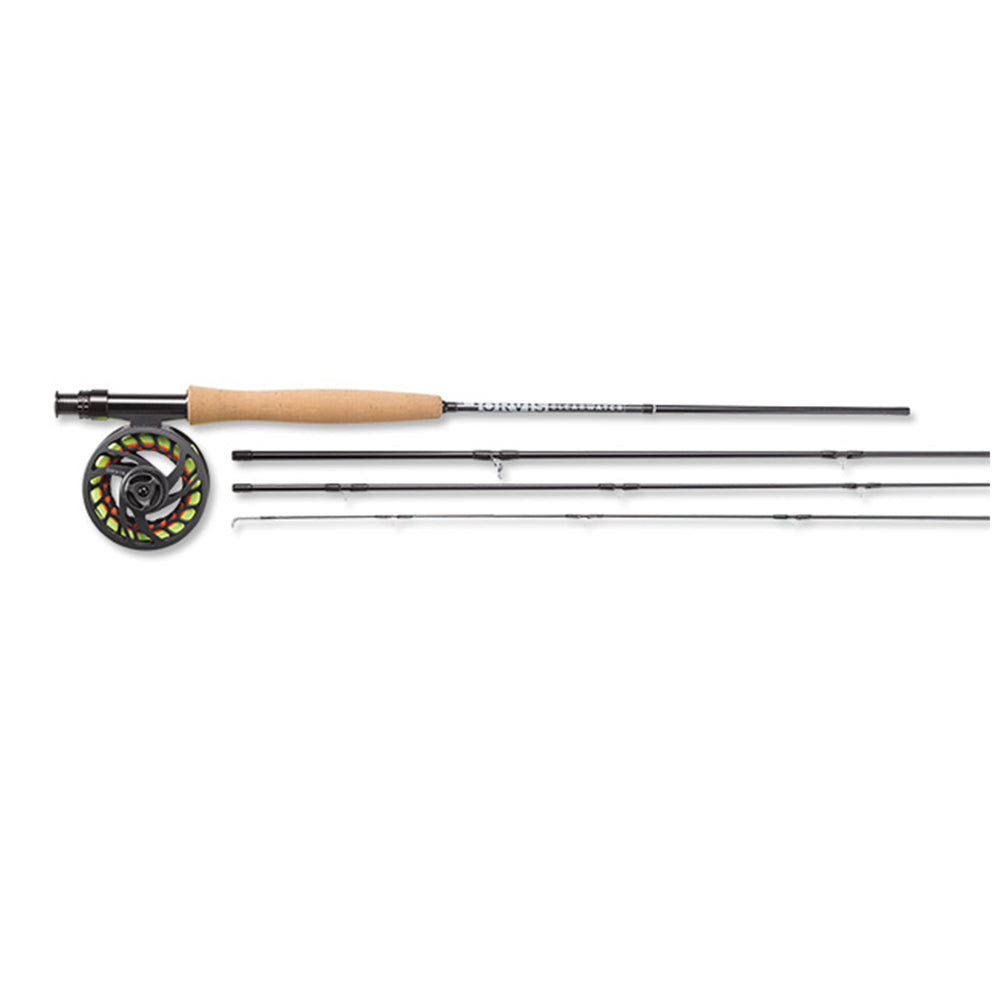
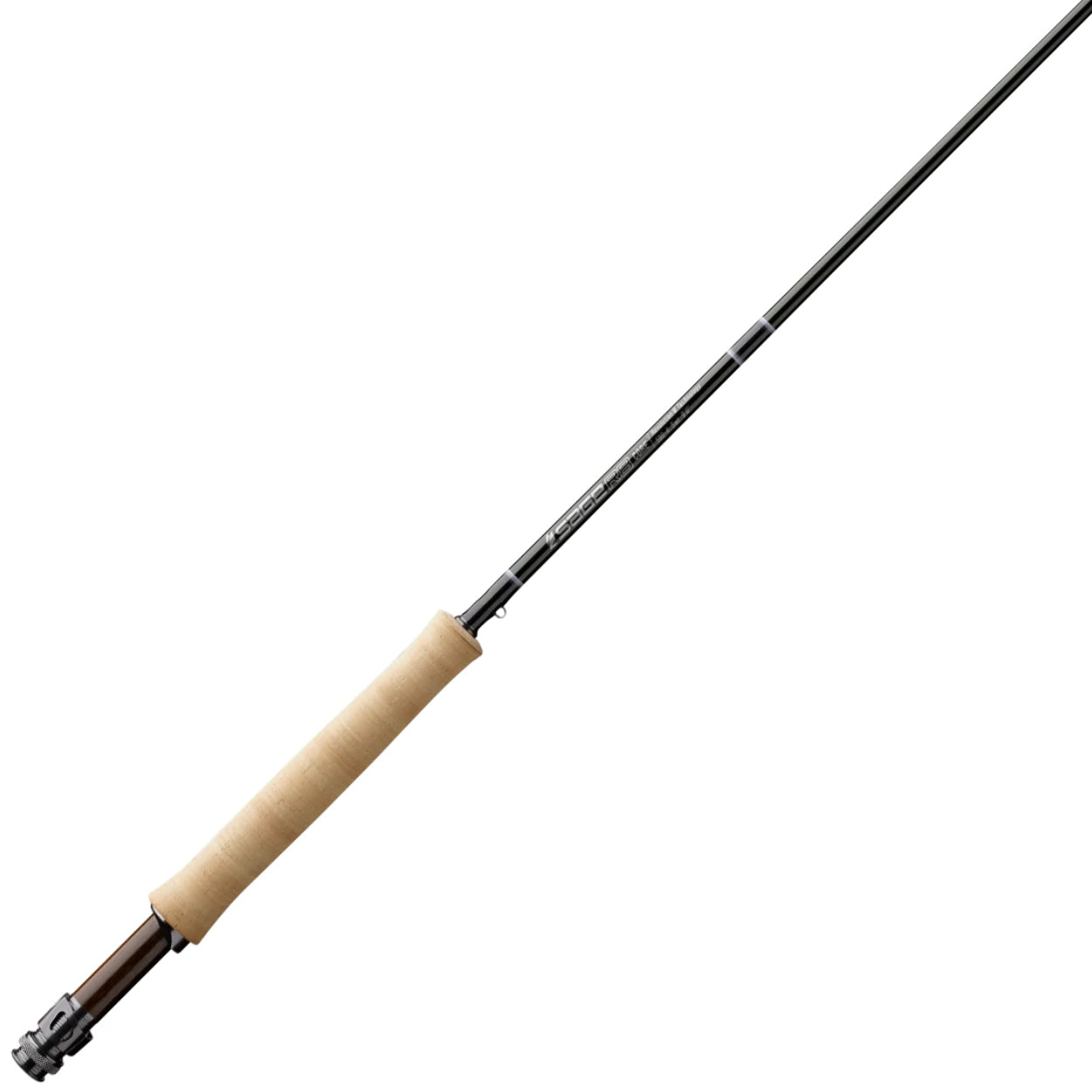
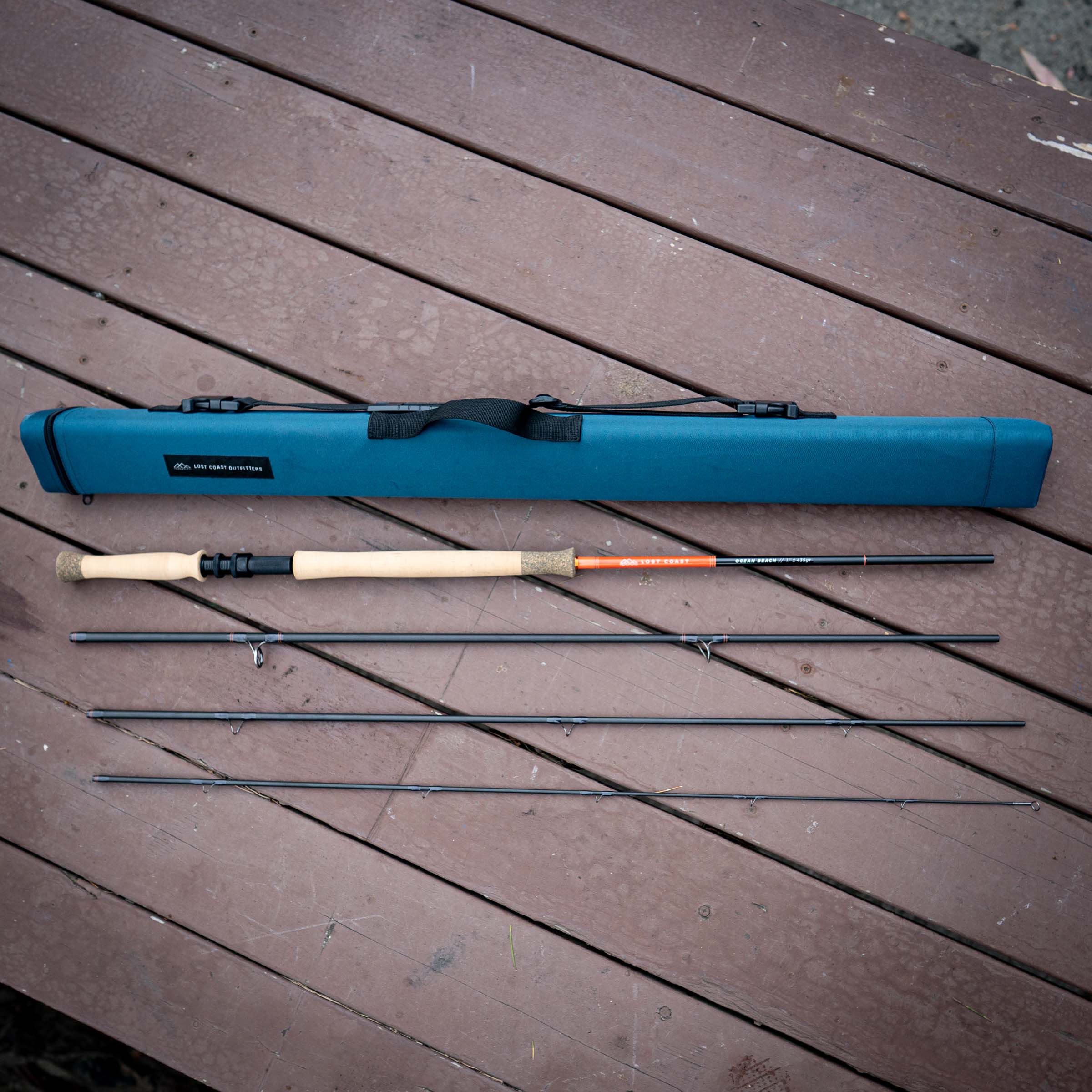

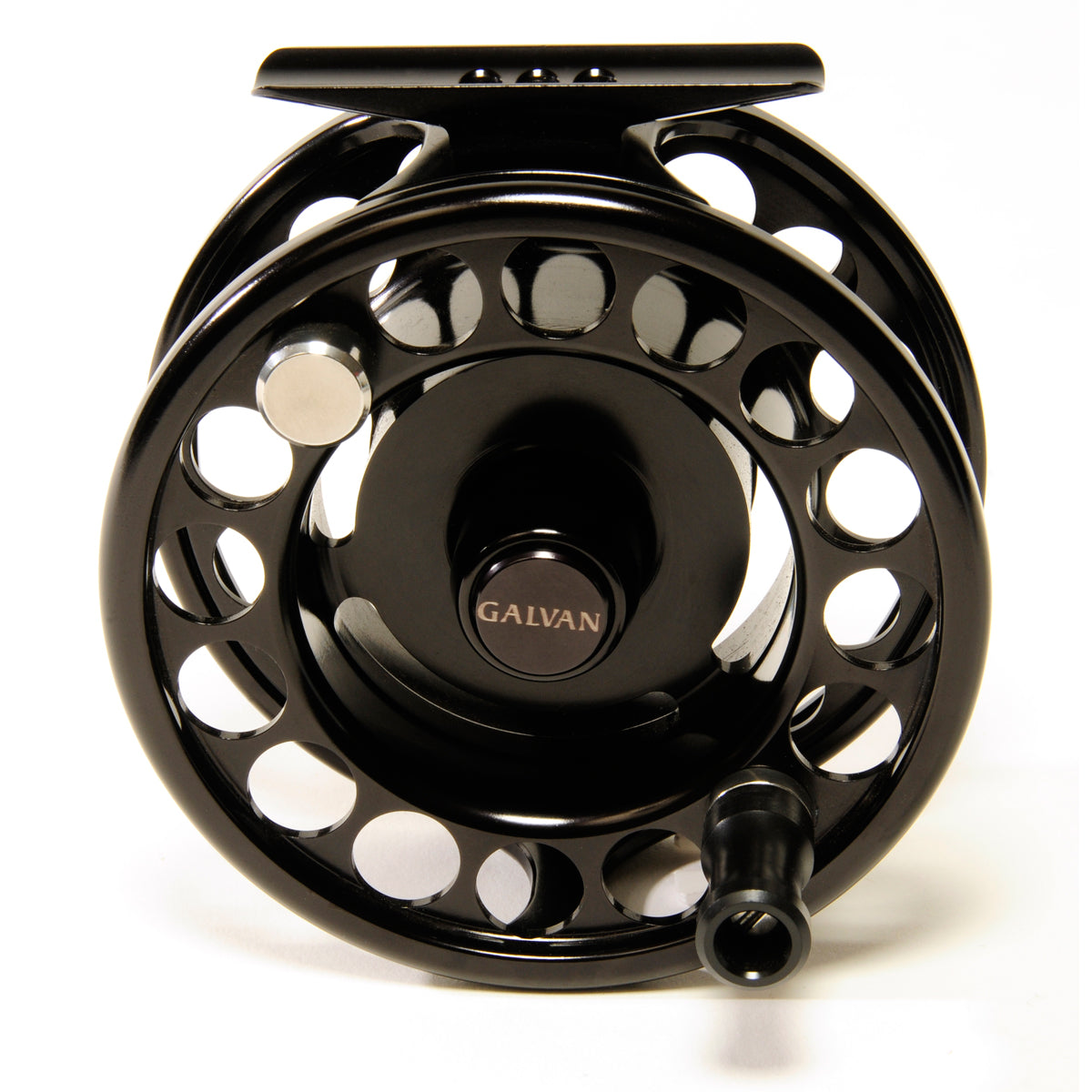
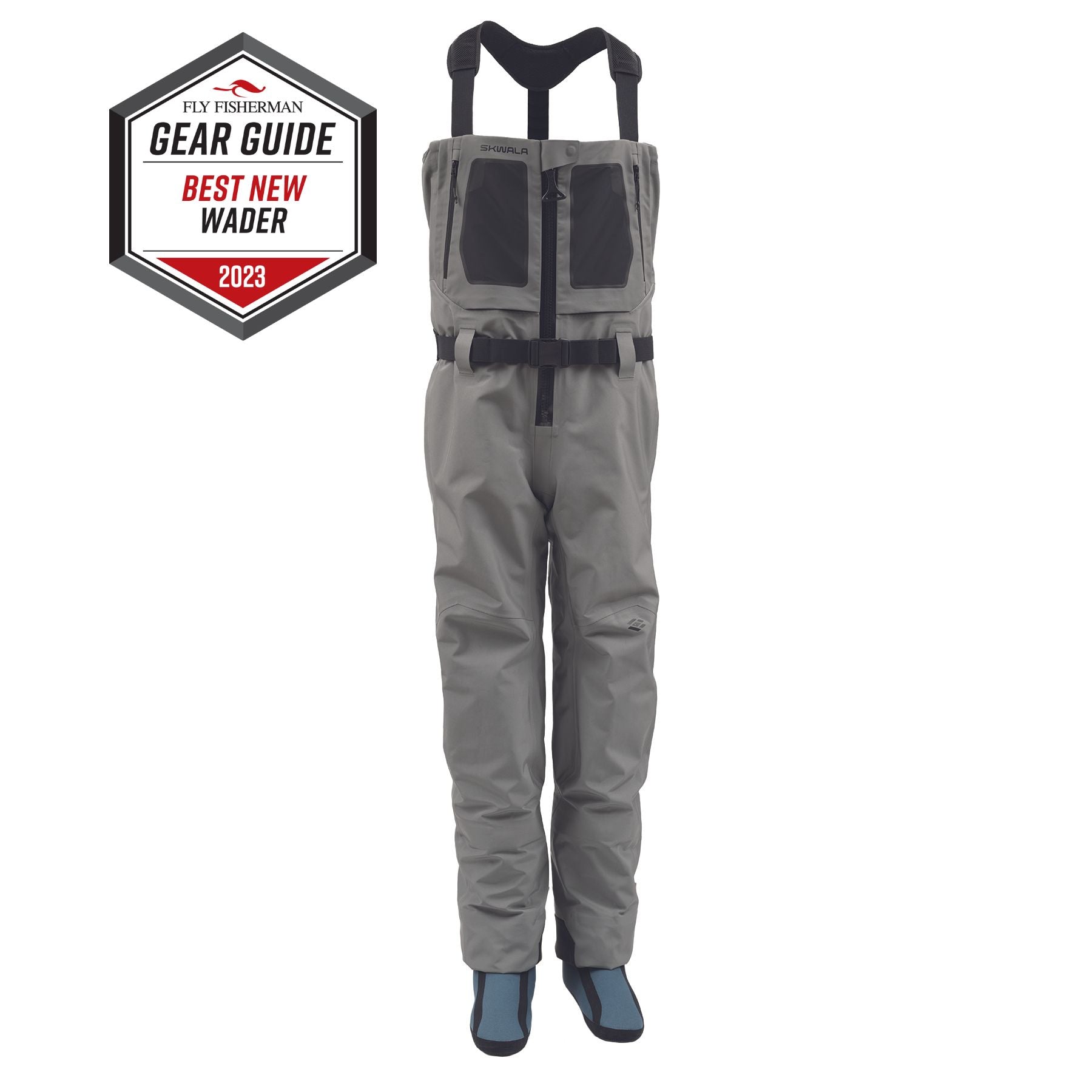
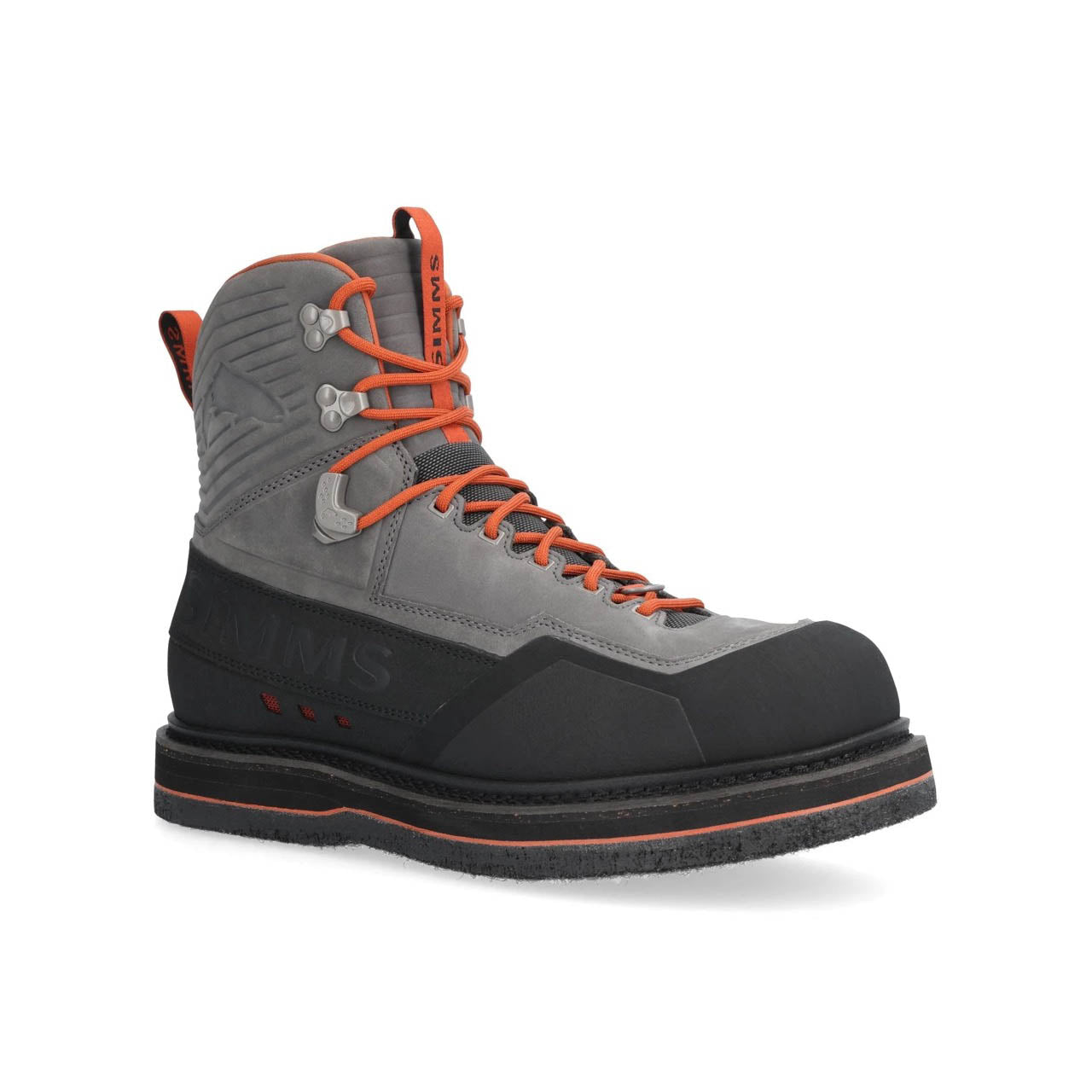









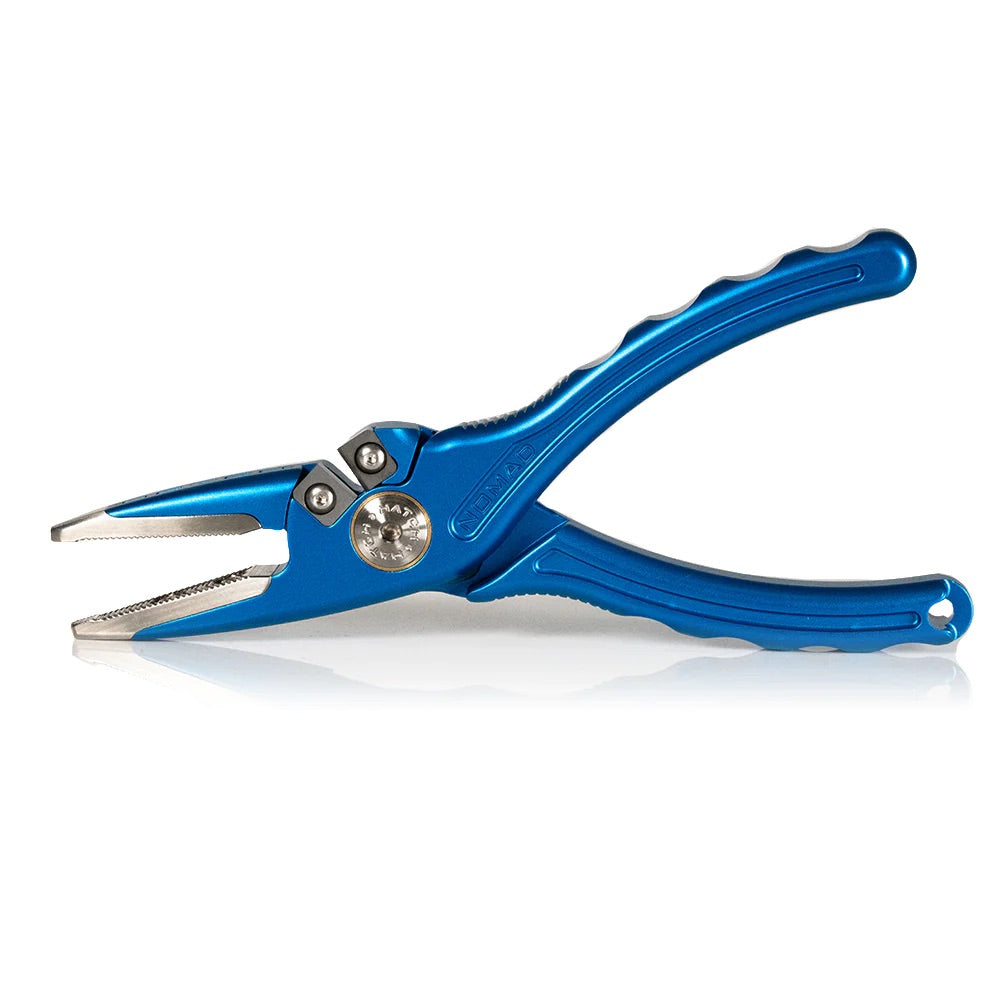
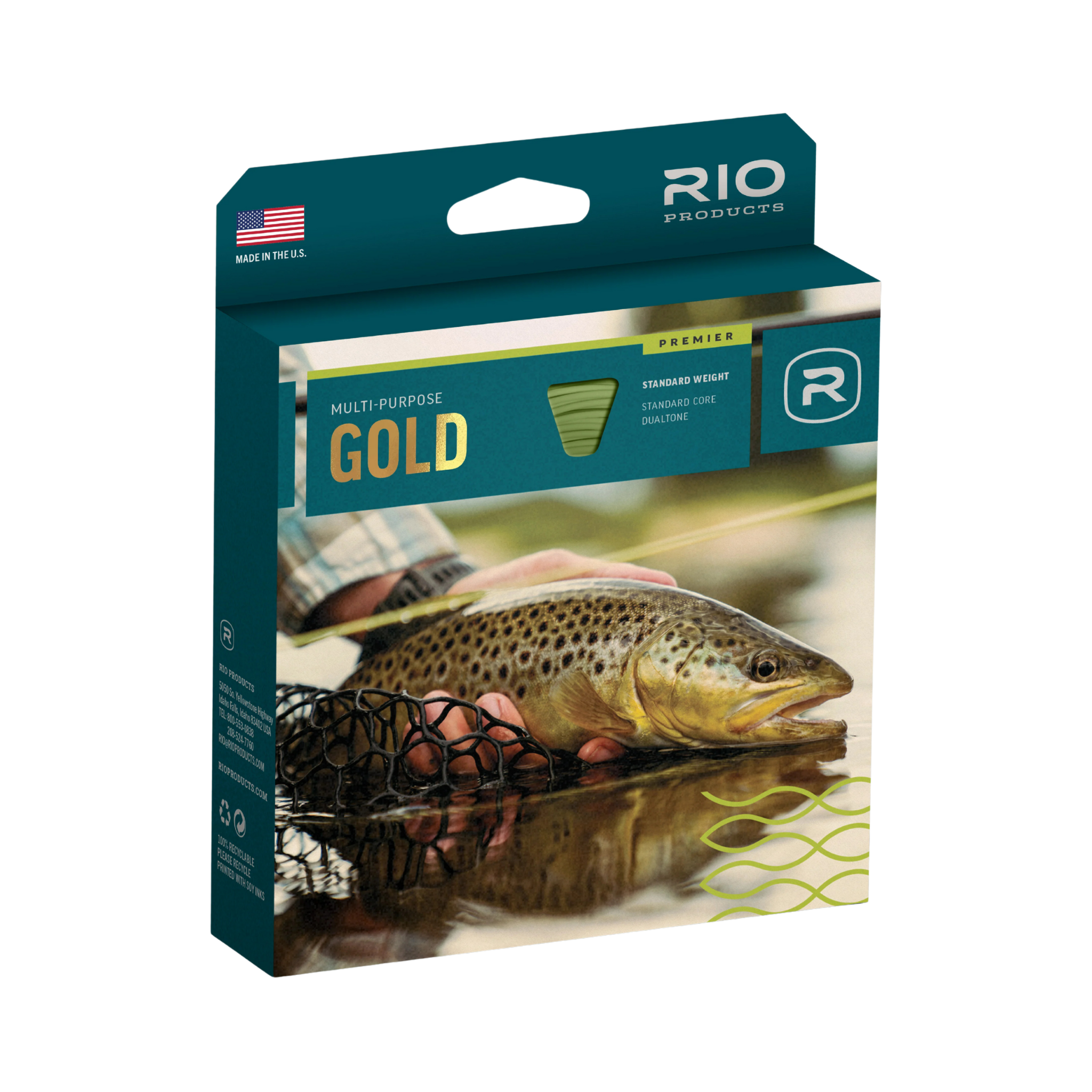

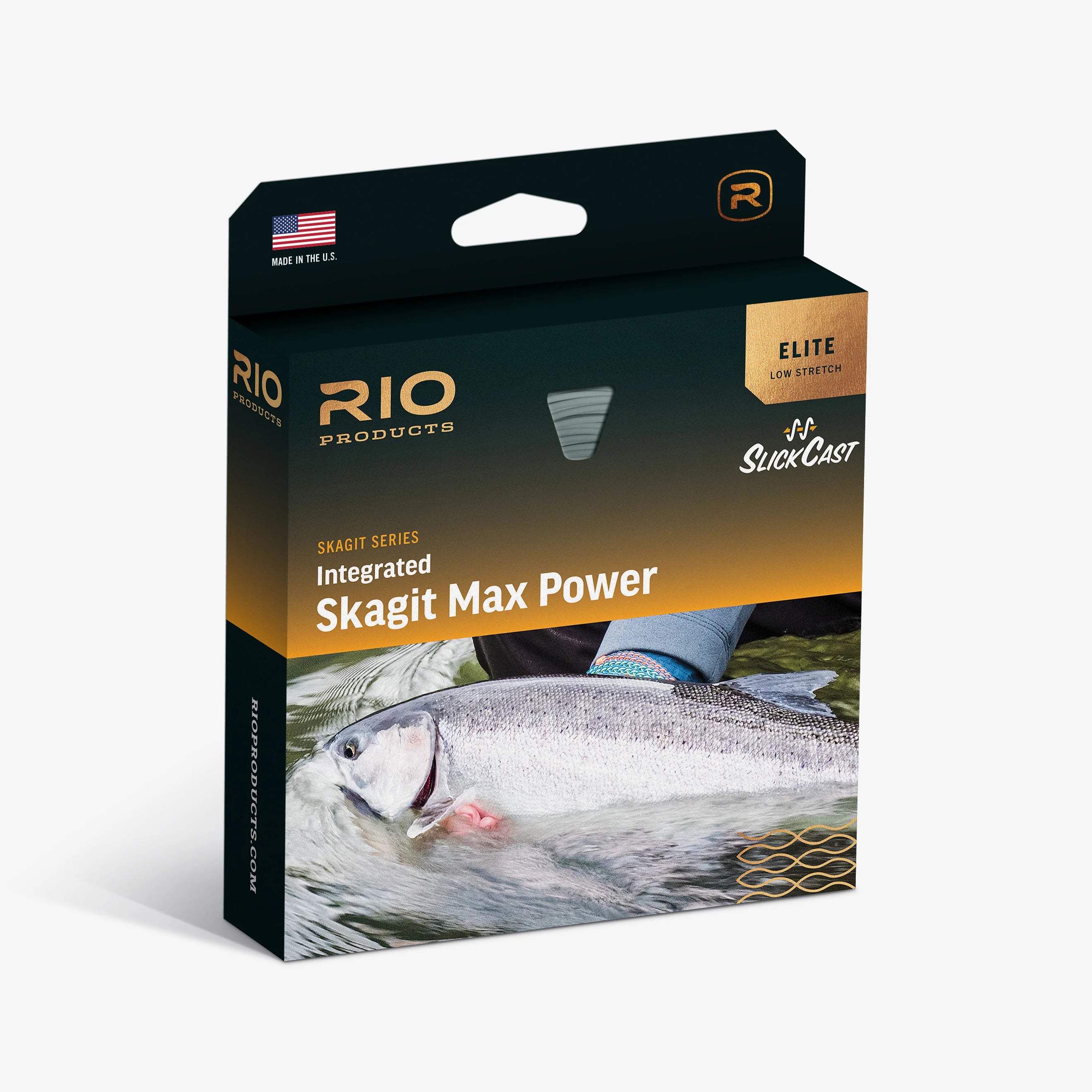

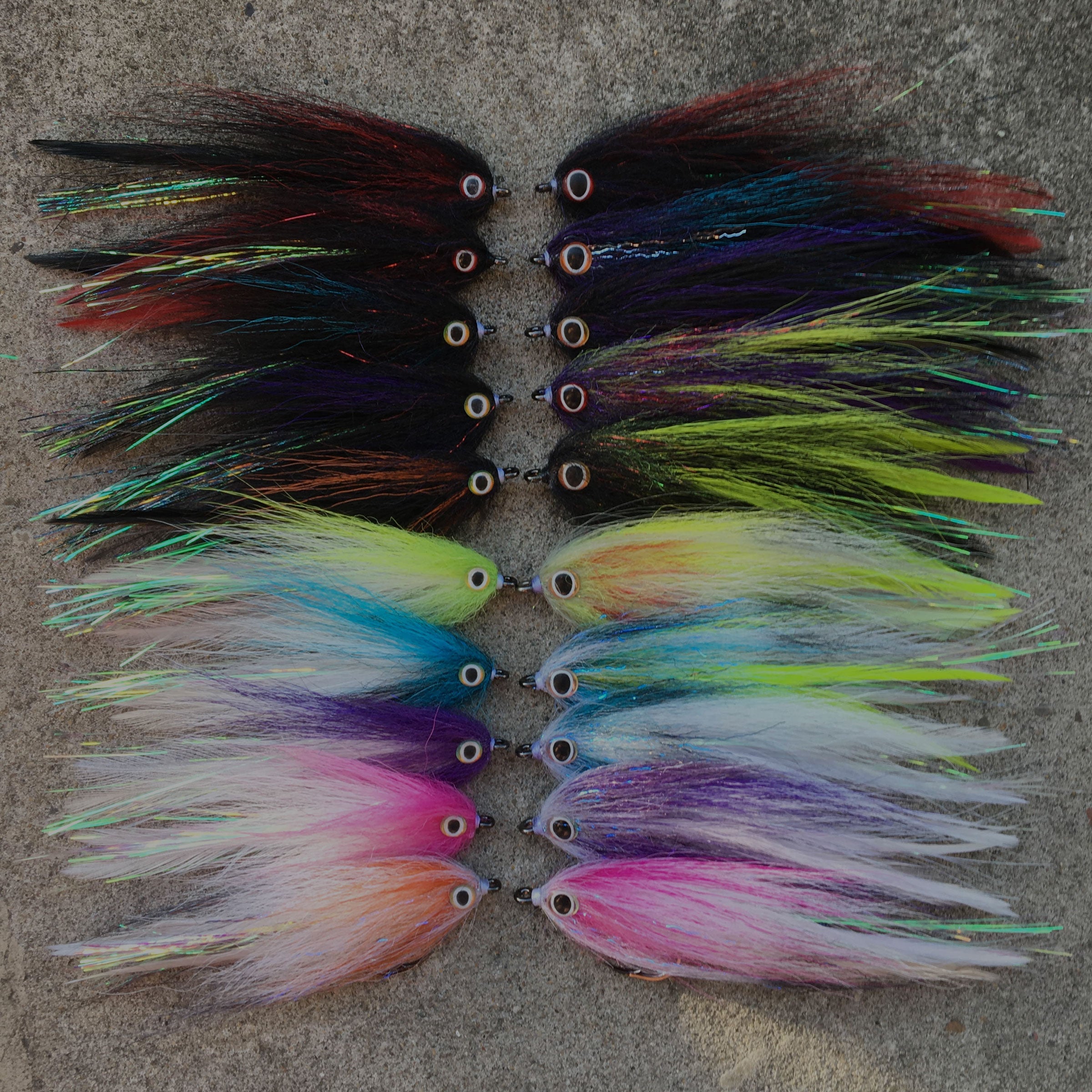
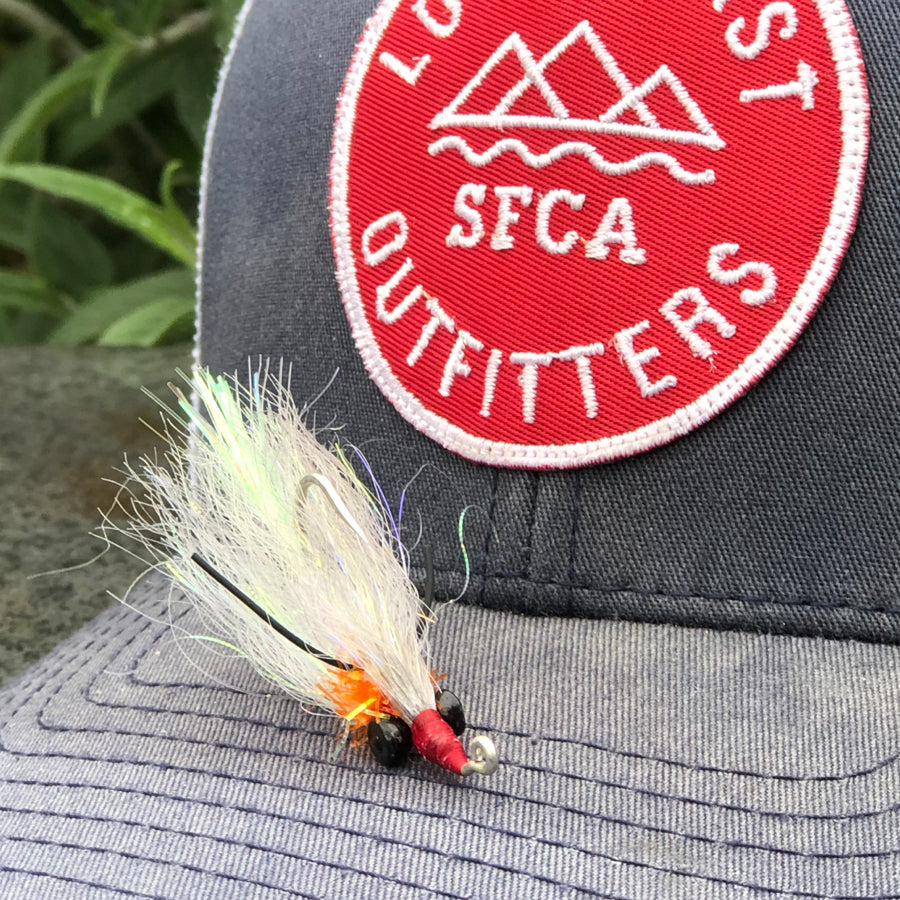
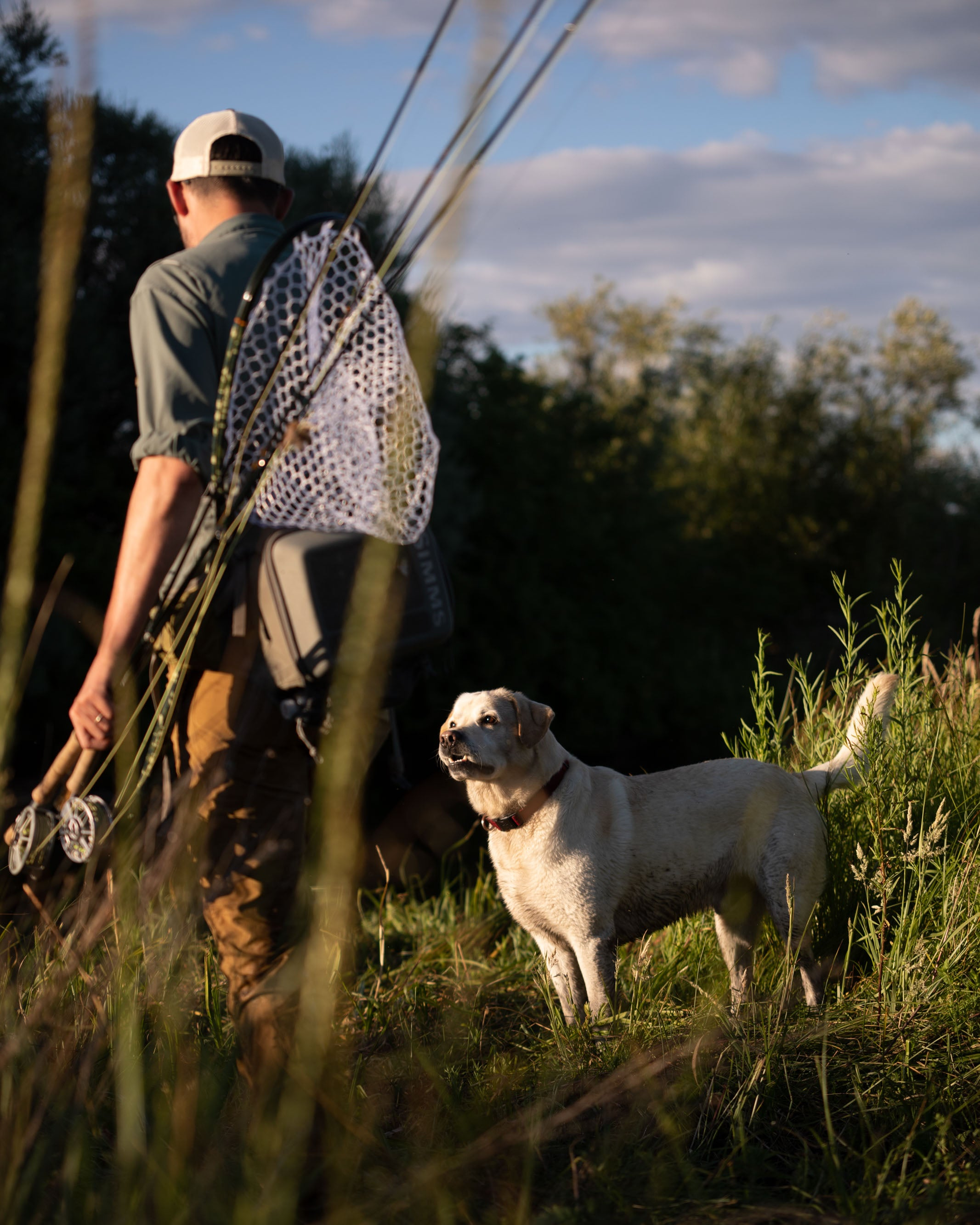

Leave a comment
All comments are moderated before being published.
This site is protected by hCaptcha and the hCaptcha Privacy Policy and Terms of Service apply.